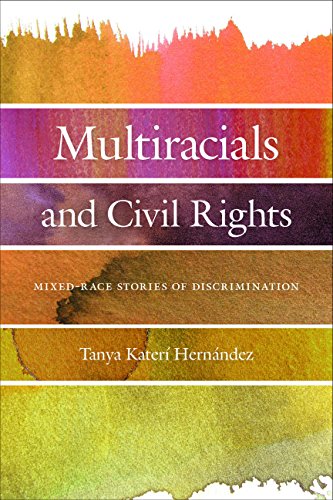Generational change and how we conceptualize and measure multiracial people and “mixture”Posted in Articles, Census/Demographics, Media Archive, Social Science, United Kingdom on 2018-11-01 01:59Z by Steven |
Generational change and how we conceptualize and measure multiracial people and “mixture”
Ethnic and Racial Studies
Volume 40, 2017 – Issue 13
pages 2333-2339
DOI: 10.1080/01419870.2017.1344273
Miri Song, Director of Research
University of Kent, Canterbury, Kent, United Kingdom
Until relatively recently, in countries such as the U.S.A. and U.K., individuals could only opt for “single race” categories with which they identified. However, in the 2000 decennial census, respondents in the U.S. were able to choose more than one racial category, while in 2001, a “Mixed” box (with further subcategories) was provided in the England and Wales census for the first time. But the very success of this racial project in these countries has spawned a number of questions for policy-makers and academics who theorize, enumerate and study the experiences of multiracial people. With demographic changes such as generational change, who counts as multiracial or mixed race? This question has yet to receive significant attention. Although mixing is becoming more commonplace, the question of who counts as multiracial is far from straightforward, especially as we look down the generational pipeline.
Read or purchase the article here.







